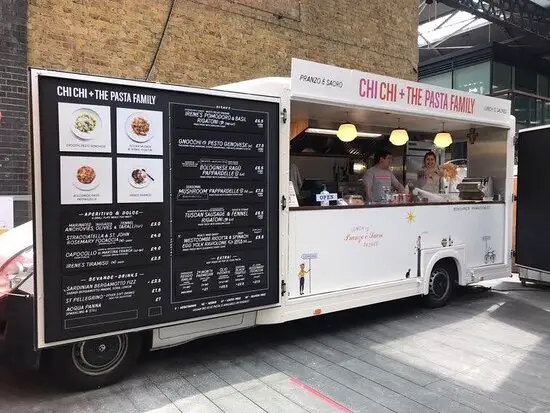When it comes to running a food truck, there are often hidden costs that have to be accounted for. Typically, the main costs include gas, food supplies, and labor. However, there is also the issue of electricity. It’s fair to say that electricity is not cheap and can quickly turn a profitable business into an unprofitable one. Here is what to expect when running a food truck when it comes to electricity costs in the USA.
How much electricity your average food truck uses
The electricity consumption of an average food truck can vary depending on factors like equipment used, operating hours, and energy efficiency. However, based on various sources, it’s estimated that most food trucks use between 4,000 to 6,500 watts of electricity per day, which translates to approximately 46.8 kilowatt-hours (kWh) of energy consumption. It’s worth noting that some food trucks may consume less energy if they utilize energy-saving measures, such as switching from gas to electric appliances. Ultimately, the exact electricity usage for a food truck will depend on its unique setup and operational requirements.
How much electricity costs when running a food truck
The cost of electricity for a food truck in the USA can vary depending on factors like the specific state, local electricity rates, and the truck’s energy consumption. However, as a rough estimate, food truck owners can expect to pay around $100 to $300 per month for electricity. It’s important to note that this cost may fluctuate based on seasonal changes, peak hours, and the energy efficiency of the equipment used in the truck. Additionally, some food truck operators are exploring alternative energy sources like solar panels to reduce their reliance on traditional electricity sources and lower their overall costs.
In summary, running a food truck isn’t the most costly business ever. However, electricity costs are something that you will need to keep an eye on as well. As a general rule for any business, it’s best to overestimate costs to be on the safe side.

